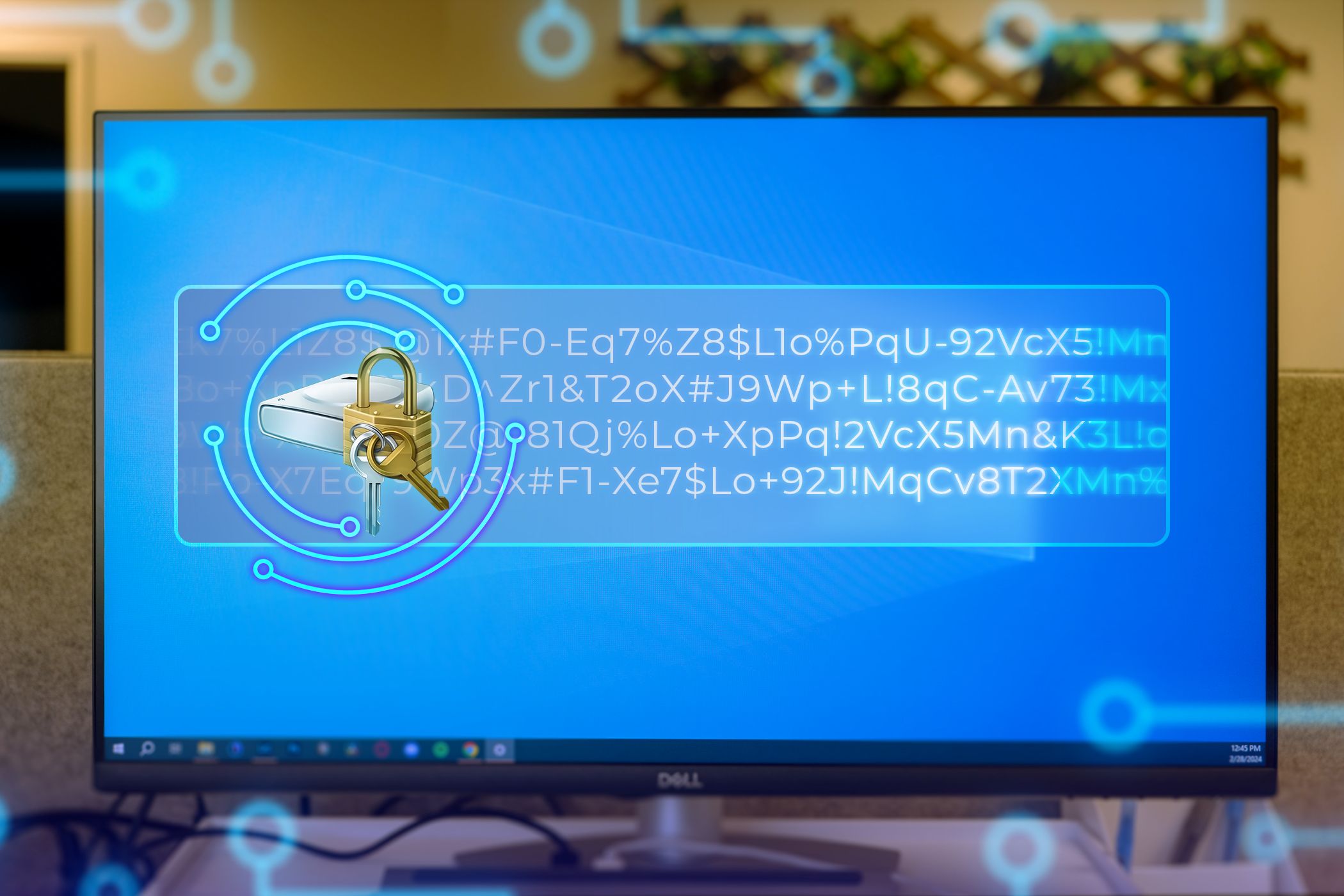Cloud Storage Security Concerns
Many individuals assume their files are entirely secure when stored in the cloud. This belief shifted dramatically for me upon discovering the frequency of data breaches impacting highly regarded service providers. Companies tout robust security measures, yet the reality often reveals vulnerabilities.
When your data is saved on a large server that you do not control, trusting external parties with your sensitive information can be a gamble. Although data encryption during transmission and while resting is prevalent, it is not infallible. Decryption can occur on the service provider’s servers, leaving data exposed. A notable incident where a widely-used antivirus software company was found selling user data significantly changed my outlook on digital security.
This realization led me to completely abandon free cloud storage for my personal photos. The adage, "If the service is free, you are the product," resonates strongly; your information may be utilized for marketing purposes or to train AI models without your consent.
Even reputable services like LastPass have faced security breaches, illustrating that no online platform can guarantee absolute safety. Consequently, I now encrypt vital documents—financial records, scanned identification, personal journals, and anything that harbors passwords or private information—before storing them in the cloud.
Choosing the Right Encryption Tools
Having experimented with various encryption options, I have selected two dependable tools that adeptly blend security with user-friendliness. Like anyone, I seek protection without being bogged down by complexity; if the process is too cumbersome, I risk abandoning it altogether.
VeraCrypt: Ideal for Sensitive Files
VeraCrypt has become my preferred tool for serious encryption tasks. This software is free, open-source, and undergoes regular security audits. One feature I appreciate is its ability to create encrypted containers, which remain indistinguishable from regular files until accessed with a password.
VeraCrypt is particularly useful for securing my financial documents and sensitive identification information. Its military-grade encryption technology ensures that, even if my laptop were stolen or my cloud account compromised, accessing my files would require a significant amount of time and effort.
Steps to Encrypt Files with VeraCrypt:
- Download and install VeraCrypt from the official website, ensuring to verify the download signature.
- Launch VeraCrypt and select "Create Volume" to initiate the volume creation wizard.
- Opt for "Create an encrypted file container" and choose "Standard VeraCrypt volume."
- Designate the location for your container file and assign it a name.
- Select your preferred encryption (I favor AES) and hash algorithms (SHA-512).
- Specify the required volume size.
- Create a strong password and choose the file system (NTFS for larger volumes and FAT for smaller ones).
- Move your mouse randomly within the window to generate encryption randomness.
- Format the volume and wait for the process to complete.
- Mount the created volume and transfer files into it like a standard drive.
- Dismount when finished to secure your data.
After unmounting the volume, I can safely upload the container to the cloud. While the initial setup required around five minutes, I’ve streamlined the process to under a minute for subsequent containers, making it a practical solution for sharing sensitive files when necessary.
7-Zip: Quick Encryption Solution
For rapid encryption tasks involving individual files or folders, I prefer using 7-Zip. Although primarily a file compression tool, it offers solid AES-256 encryption capabilities that are both easy to use and efficient. A significant benefit is the ability to share encrypted files without requiring recipients to have 7-Zip installed, as most archive managers can open encrypted ZIP files too (though they will need the respective password).
Steps to Encrypt Files with 7-Zip:
- Right-click the files or folders you wish to encrypt and select 7-Zip from the context menu.
- Click "Add to archive" and select your desired archive format, typically .7z.
- Set the encryption method to AES-256 and enter a robust password (and remember it, as recovery options are typically nonexistent).
- To enhance confidentiality, check "Encrypt file names" and click OK.
- Securely delete the original files if they contained sensitive information.
- Upload the encrypted archive to cloud storage or share it via email.
Both VeraCrypt and 7-Zip serve unique purposes, with VeraCrypt being ideal for larger file collections and 7-Zip providing quick, efficient solutions when necessary.
Accessing Encrypted Files Across Devices
While encrypting files is essential, ensuring they remain accessible across devices is equally crucial. My daily routine spans between Windows and Android systems, requiring a seamless integration of security and convenience.
Accessing encrypted files on Windows is simple, as both VeraCrypt and 7-Zip work effectively on this platform. The challenge arises when using Android, as these desktop tools do not function identically.
For accessing 7-Zip encrypted files on Android, I utilize an app called ZArchiver. This application seamlessly handles password-protected ZIP and 7Z files, allowing me to view encrypted documents conveniently.
Steps to Access Encrypted Files on Android:
- Encrypt files with 7-Zip on your Windows PC.
- Store the encrypted archive in your cloud storage folder.
- Access the cloud storage application on your Android device.
- Download the encrypted archive when needed.
- Open the file using ZArchiver and enter your password.
- View or edit the files as required.
- If changes are made, re-encrypt the files and upload them back to cloud storage.
Conversely, accessing VeraCrypt containers on mobile devices is more problematic, as available apps can be unreliable or pose security risks. Therefore, I typically stick to the 7-Zip method exclusively for mobile access.
I also ensure my encrypted archives are well-organized and appropriately sized, avoiding the creation of oversized volumes. This facilitates faster syncing and efficient bandwidth usage while out and about.
Common Encryption Pitfalls to Avoid
Despite my diligent efforts, several frequent mistakes can derail even the most secure encryption setups. A primary hazard is the use of weak passwords—no encryption is effective if compromised through easily guessable passwords like "password123." I rely on a password manager to maintain unique, complex passwords for all accounts.
Another common mistake is neglecting to securely delete the original unencrypted files. Simply encrypting a document does not remove the original from your disk unless it’s specifically erased. Utilizing secure deletion tools that overwrite data multiple times is advisable.
It’s also crucial not to leave encrypted volumes mounted when stepping away from your computer. Always ensure that you dismount or close encrypted containers when not in use.
For those serious about reclaiming their privacy, the strength of encryption depends greatly on how effectively it is implemented. By avoiding these common errors, you can better safeguard your sensitive data. Encrypting files before transferring them to the cloud may add an extra step, but it is a worthwhile habit that should be maintained for optimal security.




